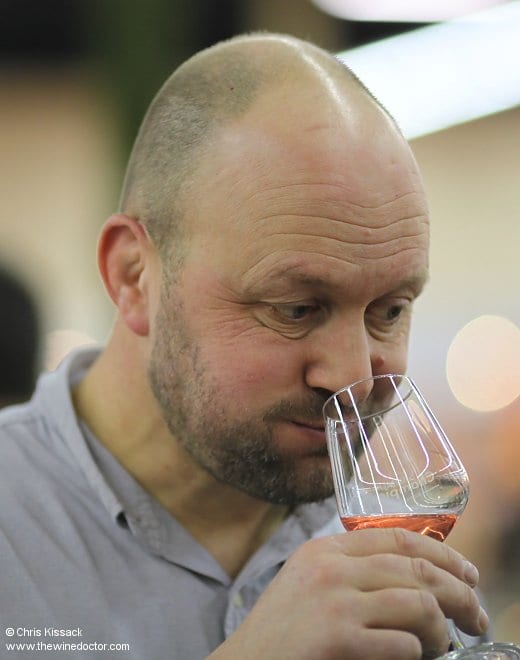Domaine Filliatreau: Paul Filliatreau
Paul Filliatreau found the facilities he inherited to be severely lacking; he had just a few cement tanks to work with, and found that the wines he made lacked vigour and life. He was struggling with temperature control, and inspired by the work of Charles Joguet in Chinon he began to modify his cellar in order to try and improve the quality of his wine. The breakthrough only really came with his discovery of the new stainless steel vats in the late 1970s. Having only been introduced in Bordeaux first growths in the 1960s, these were still rare beasts in the Loire Valley, and Paul was thus something of a pioneer when he made a whole-scale switch from cement to steel, complete with temperature control. The resulting wines were fresher, brighter and more fruit-rich reds.
In a tale that feels somewhat apocryphal but which is undoubtedly engrained with truth, Paul then bottled the wines himself and began travelling to market his new style of wine. Success came in the bistros of Paris, where they were very well received, and soon a new craze for Saumur-Champigny had taken off; the wine became a significant part of Paris café culture, and the city grew to become a very significant market not just for Paul and Domaine Filliatreau, but for all the vignerons of Saumur-Champigny. In his actions, Paul Filliatreau had, single-handedly, given new meaning and purpose to an entire appellation, and of course the next generation of the Filliatreau family, Fredrik (pictured).

Please log in to continue reading:
